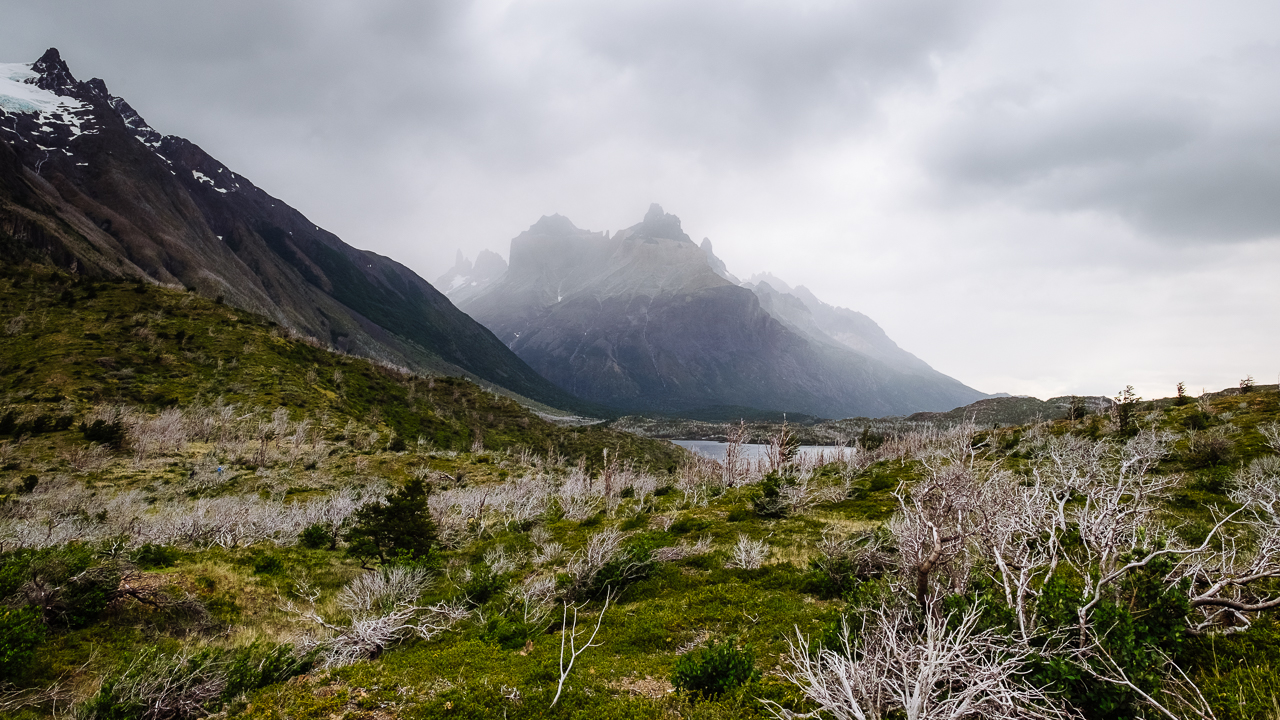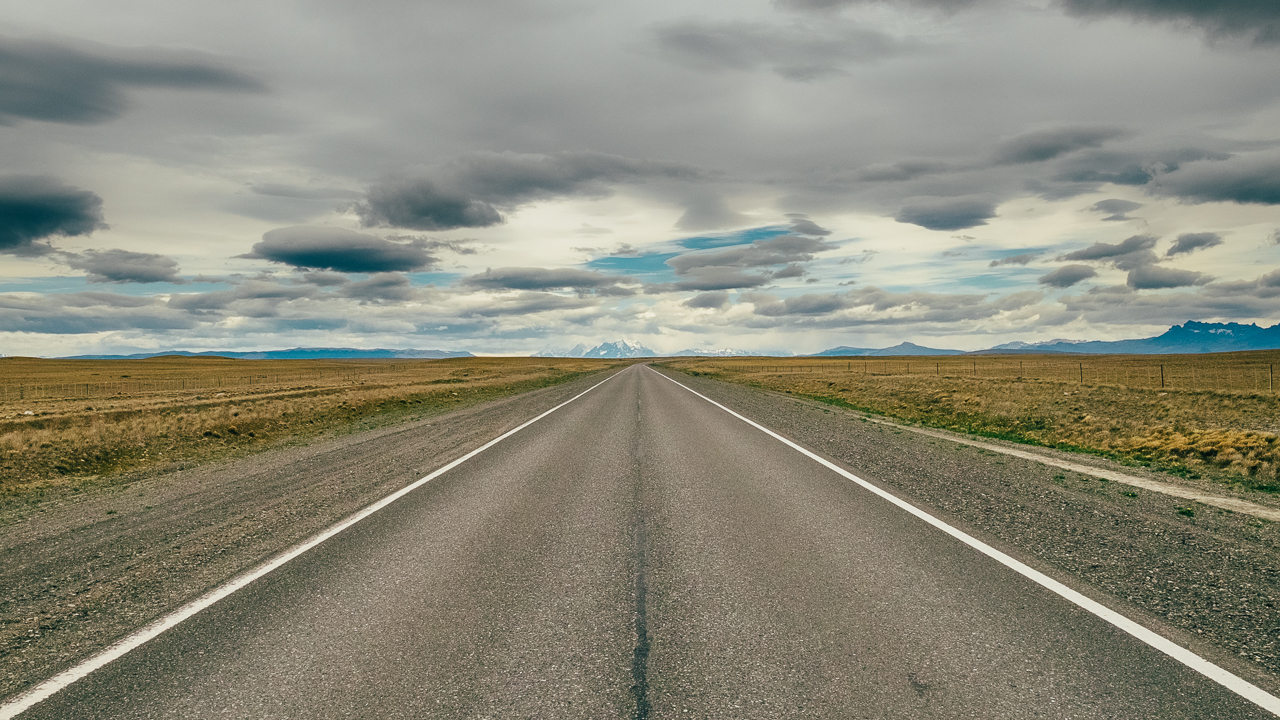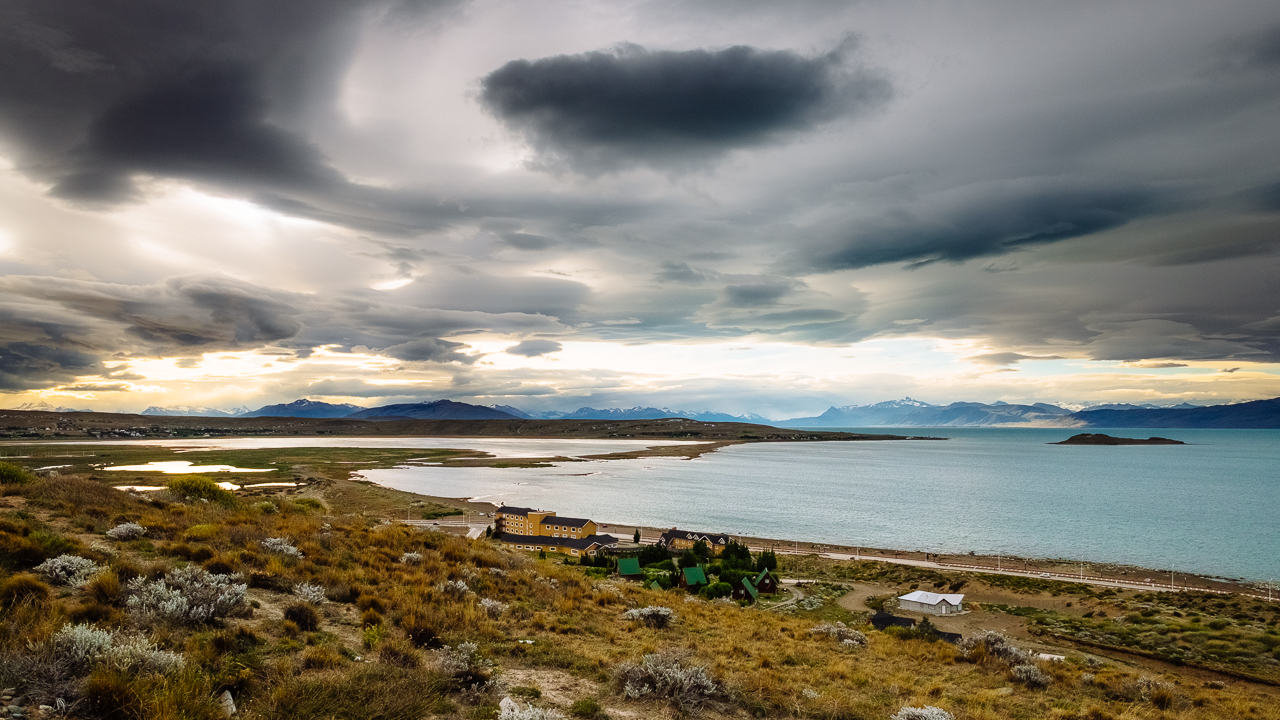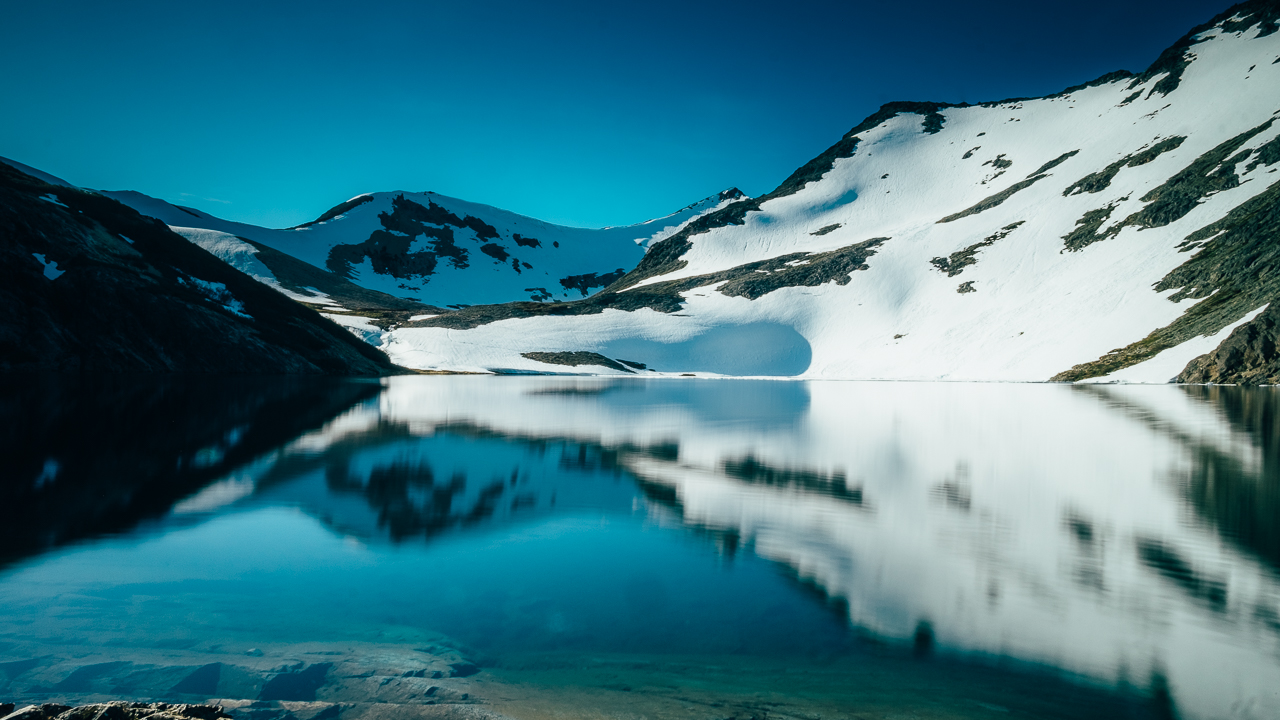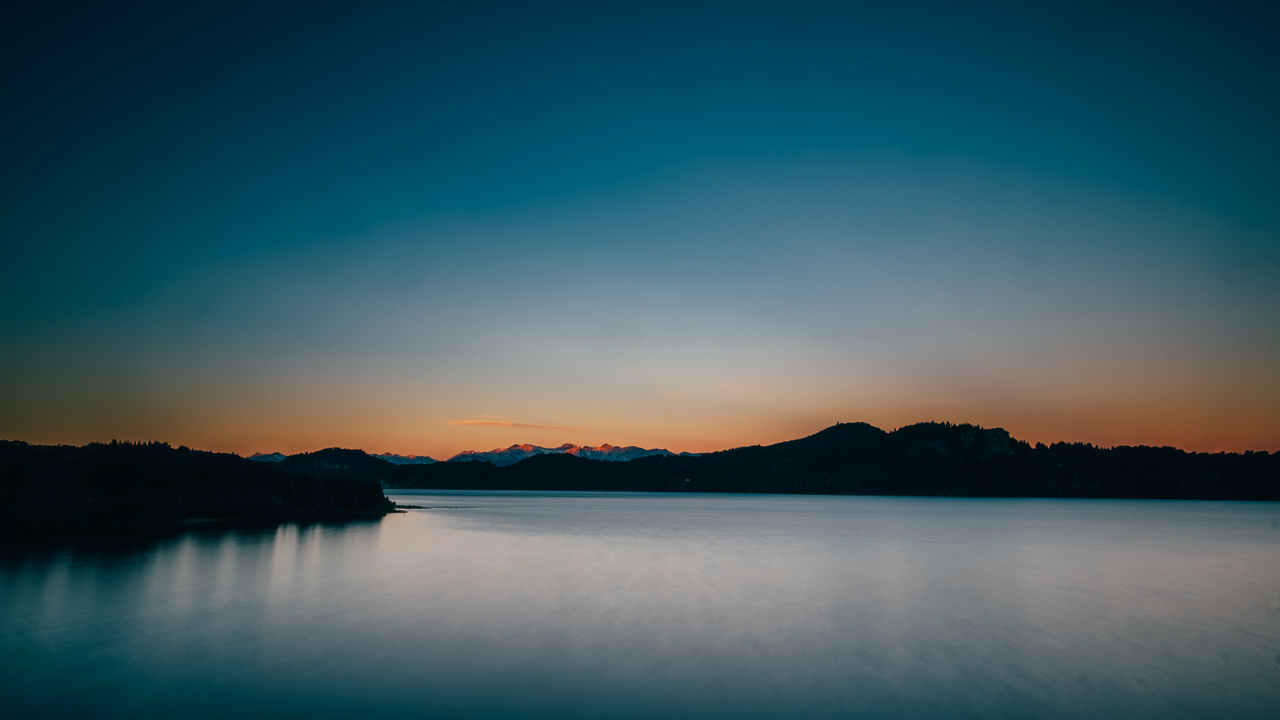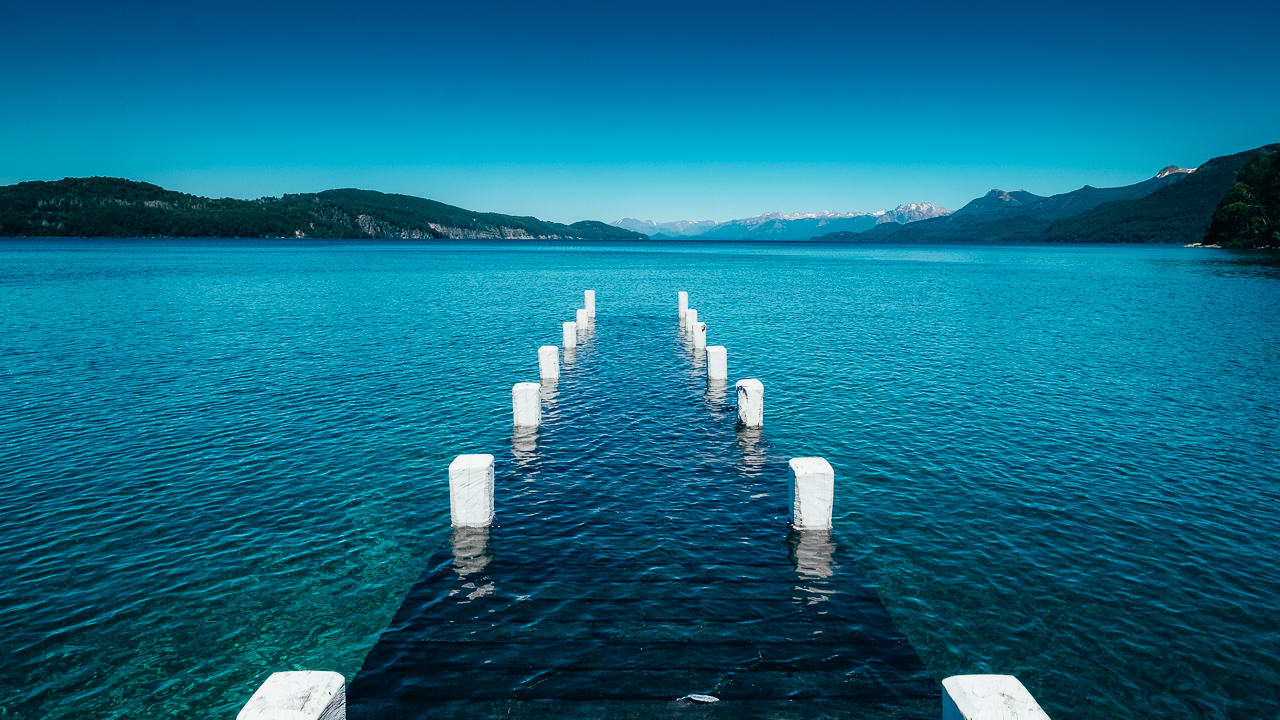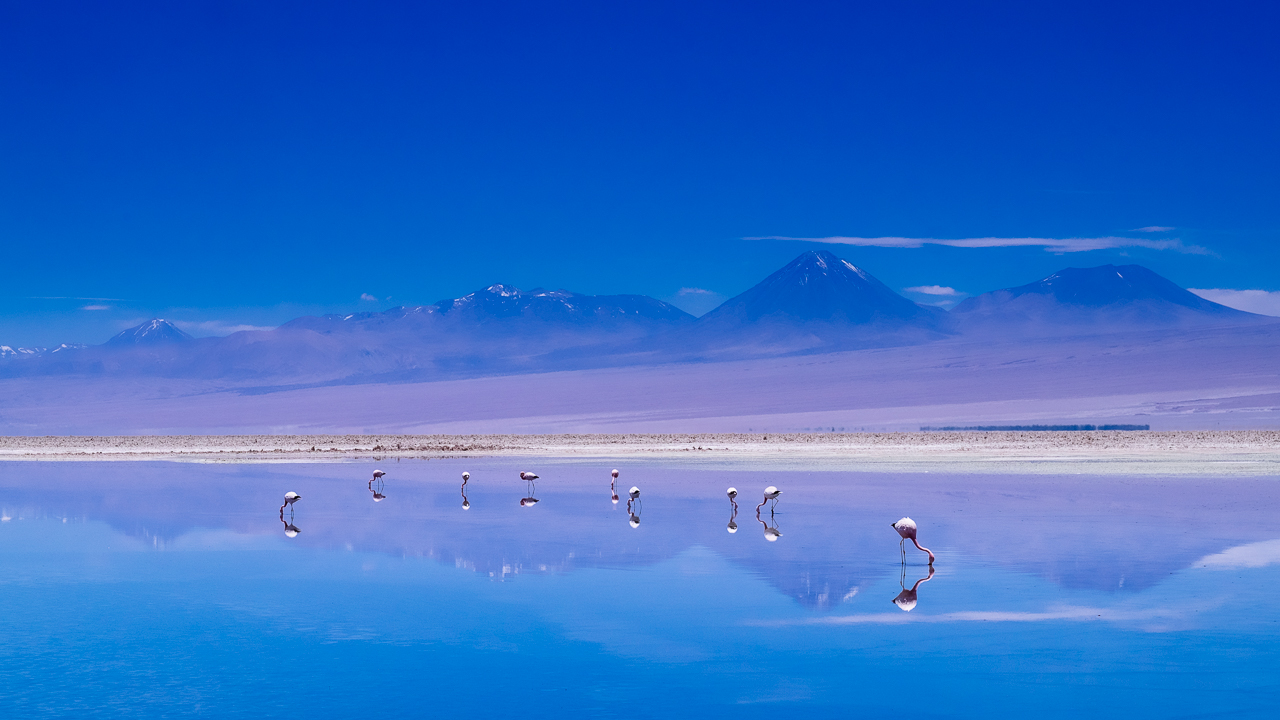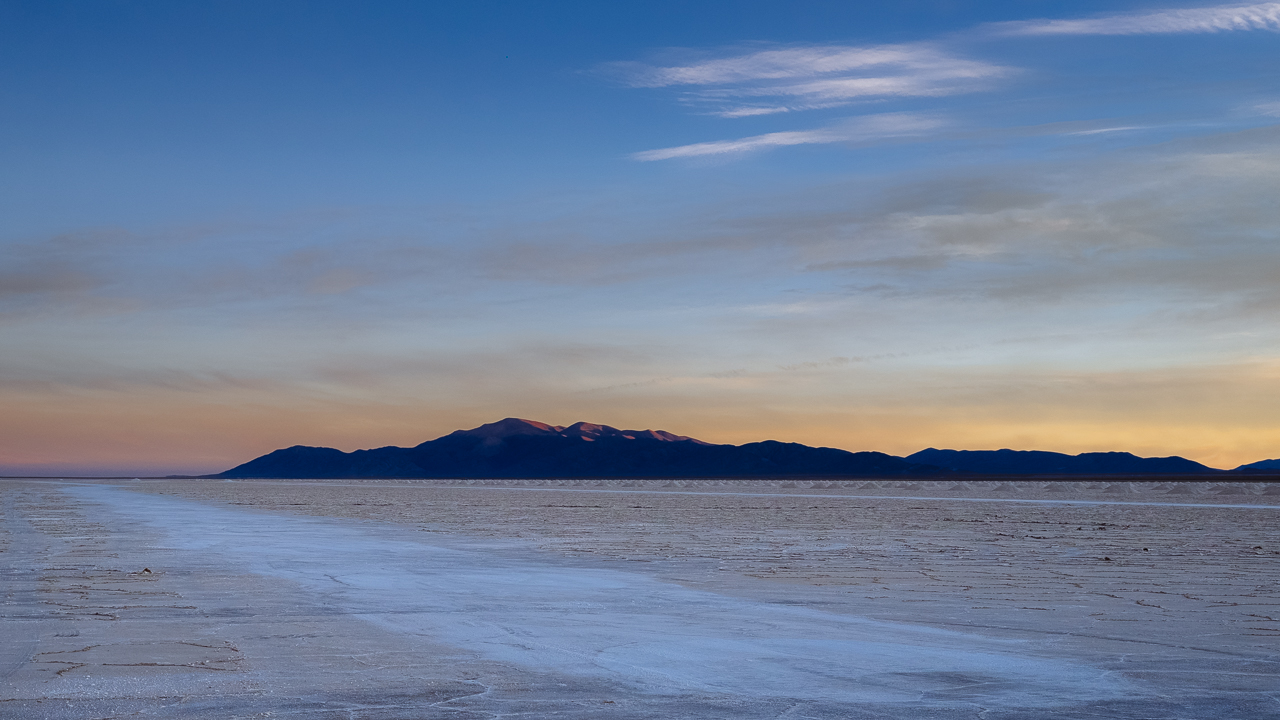Hi !
The third day is all about climbing to the Valle del Frances, which sits between the Paine Grande and the Cuernos. First, a 7.5km walk through a dead forest, tragedy of the 2011 accidental fire, passing a few lakes, with beautiful views on the Cuernos (seen above). Then, it’s a 5.4km climb with 900m of elevation gain to reach the Mirador Britanico.
As you climb, a first stop will offer spectacular views on the Glaciar del Frances, a hanging glacier on the Paine Grande hill. We could hear the lound sound of avalanches, but all seemed to be happening on the other side of the mountain (don’t worry though, the path is far away enough to stay safe).

Then, a flat section at around 500masl opens on the Valle del Frances, with an amazing scenery. The vegetation here is amazing, not just because it offers some protection against the wind, but for resisting harsh weather conditions all year round.

I would love to show you the view from the Campamiento Britanico, but a combination of fitness issues and strong winds made us turn back. We were told later that the view would not get much better (if anything it would give less change to grab the panorama).
The only regret was that as we started to descend, the bad weather was clearing and the wind started to reduce. But on the other hand, with another two days to walk, it was probably better to avoid a few kilometers.
Enjoy (or not) and stay tuned !
